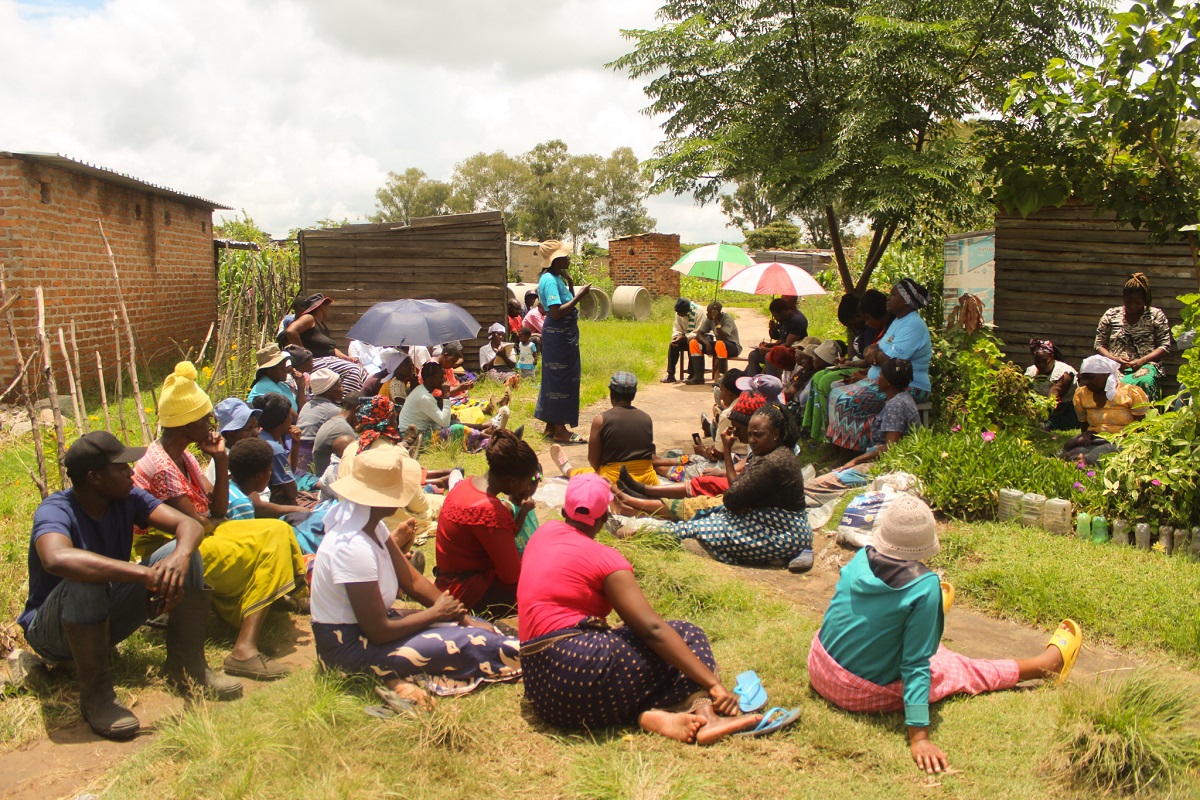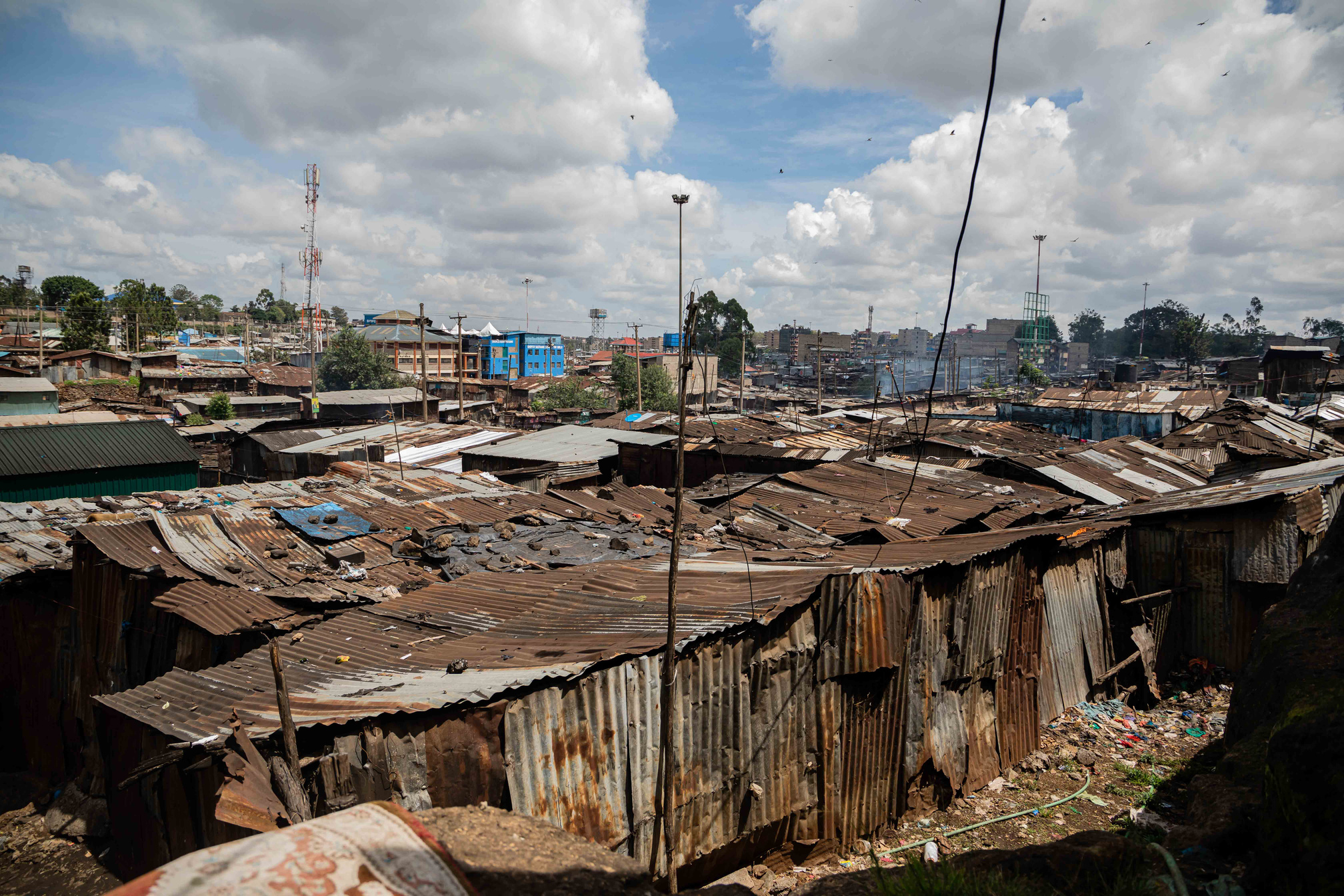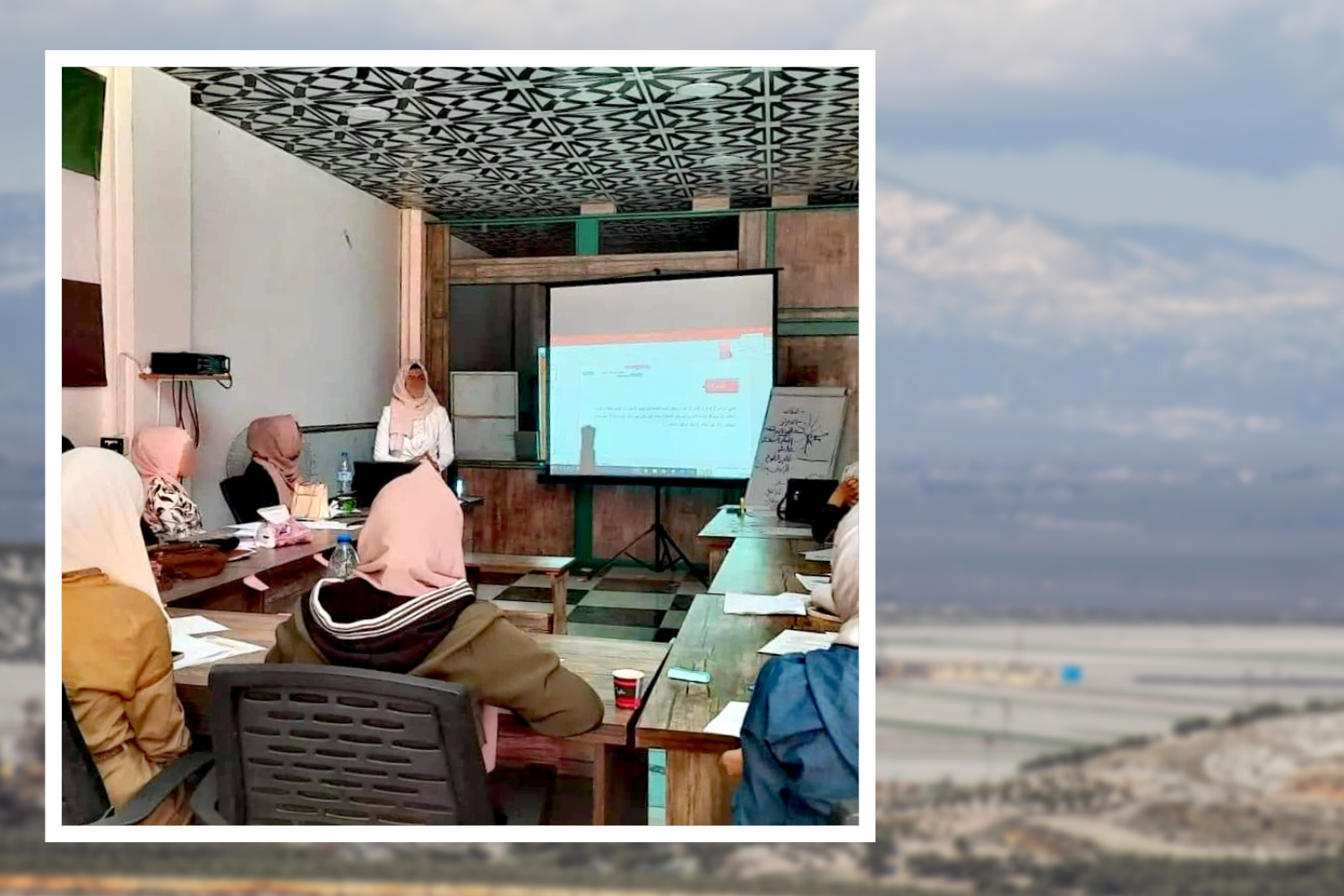The COVID-19 pandemic has had significant effects on nearly every dimension of society. It has had an impact on everyday life, on the way people work, communicate and study. In this respect, education in Peru –on its different levels– has also been subject to drastic changes. The rapid transition to digital media, required to ensure the continuity of higher education services, has been a significant challenge for the state and its capacities in particular. The general population has also been affected, especially the most vulnerable sectors.
The Peruvian Studies Institute (Instituto de Estudios Peruanos, IEP) is part of the Southern Voice project “Leaving no one behind in digital delivery of public services”. This study brings together teams from India, Tanzania and Peru. Our research looks into the effects of introducing digital devices in higher education during the pandemic. The main purpose is to understand the complexities of the current scenario to provide recommendations for policymakers at the national and global levels. In this way, we hope to contribute to the positive impacts of Information and Communication Technologies (ICTs), especially for women.
For this study, we approached a total of 60 people through interviews and focus groups. Not only did we take into account quantifiable differences, but we also sought to capture the students’ everyday experiences in using ICTs. We also hope to learn more about the current digitization process variables, including literacy (or skills related to digital technologies) and the socio-cultural norms that underlie their use.
Not one, but multiple experiences
Our starting point is the existence of a gendered digital gap. This rift implies that women have less access to ICTs. It also means inequalities in terms of availability and usage according to gender in educational and domestic spaces. For this reason, we proposed to approach the case of public university education through the Universidad Nacional Mayor de San Marcos (UNMSM, Lima region) and the Universidad Nacional de la Amazonía Peruana (UNAP, Loreto region).
We found that the experiences of male and female students at both universities varied in important respects. The first gap concerns internet access. Although the figures for internet connection between men and women do not show any significant inequalities, they show a marked contrast between regions. Along these lines, we found differences in the difficulties faced by women living in the capital region and the Amazon region. In the latter, the internet connection is particularly unstable.
We found a greater number of “emergent strategies” for handling difficulties among UNAP students. These comprise several creative solutions to the problems involved in virtual education. One is the sharing of computers and internet connections. Another is the coordinated modification of timetables to slots with fewer connection problems. There was even self-managed distribution of university-provided resources by students (such as modems or mobile phone chips).
Differences also emerge between male and female students concerning experiences of physical and mental exhaustion during the pandemic. Female students, in particular, mentioned more significant complications due to the current context. In addition, there were contrasting perceptions of safety inside the digital classrooms. Female students are constantly on alert since they share spaces with teachers and classmates denounced for harassment, an issue often made invisible by institutions.
Different family dynamics
In the context of the pandemic, the Peruvian state has mandated that all education, basic and higher, must be conducted digitally and remotely. It meant that students spend more time at home, with their families. It has led to certain transformations in the household dynamics. We found, for example, that it is mostly women who had to fit their class schedules around the time they devote to household chores. It includes caring for underage or elderly relatives.
Neither the state apparatus nor its educational institutions have taken such a situation into account. However, the impact is real since it limits women’s possibilities. They face these challenges daily as they try to complete their education.
“Leaving no one behind”
Overall, we have identified specific dynamics that differentiate the use of ICTs among male and female students. In addition, there is a divergence in access between geographic regions. Thus, an emerging challenge to “leave no one behind” in digital education involves implementing a gender approach that is also intersectional. Infrastructural factors that guarantee access to ICTs for all must be considered. At the same time, solutions should also consider the social aspects of students’ day-to-day lives.
The COVID-19 pandemic has prompted the implementation of digital education in different countries around the globe. However, it has not been a homogenous task. Gaps in access to the necessary technology and the dynamics behind its use persist. The gender gap persists on a large scale and in different ways, depending on technological and economic resources concentration. It marks inequalities between women coming from different geographical regions.
As this process is not isolated from other areas of daily life, it is relevant to implement public policies that address the gender digital gap in a structural and targeted way to understand the differentiated needs. Rapid digitization creates complications in the present context due to a neglect of the telecommunications infrastructure and ICT education during the school stage. Therefore, from now on, it should be incorporated into the national curriculum.
For higher education institutions, we propose to refine the identification criteria for the most vulnerable students to facilitate support. They should also strengthen their regulations emphasizing the students’ needs. It is essential to ensure a safe space in digital higher education. Levelling the playing field between men and women is a task of the regulatory framework. But it is also part of socialization and school education.
This blog was originally published by Southern Voice here



